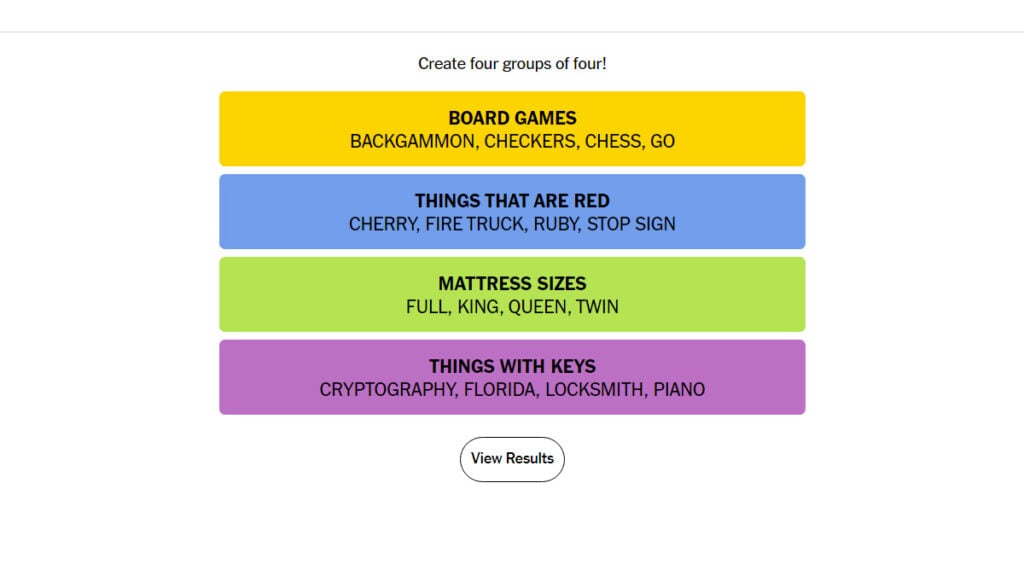Middle Managers: Essential Link Between Leadership And Workforce

Table of Contents
The Bridge Between Strategic Vision and Operational Reality
Middle managers act as the crucial bridge, translating the often abstract strategic goals set by senior leadership into concrete, actionable plans for their teams. This translation process is far from straightforward and requires a nuanced understanding of both the "big picture" and the day-to-day realities of the workforce.
Translating Leadership Goals
Effectively translating leadership goals requires exceptional communication and planning skills. Middle managers must:
- Deconstruct complex goals: Break down broad strategic objectives into smaller, manageable tasks for individual team members or sub-teams.
- Align individual tasks with overall strategy: Ensure every task contributes directly to the achievement of the overarching strategic goals.
- Create clear and concise action plans: Develop detailed plans outlining timelines, responsibilities, and key performance indicators (KPIs).
- Utilize effective communication strategies: Regularly communicate progress, challenges, and necessary adjustments to both their teams and senior leadership.
Challenges often arise during this translation phase, including misinterpretations of goals, unclear communication from leadership, and unforeseen obstacles that require creative problem-solving. Effective communication strategies, regular feedback loops, and collaborative planning are vital to navigate these challenges and ensure alignment.
Resource Allocation and Management
Middle managers are responsible for the effective allocation and management of resources, including budget, personnel, and time, to achieve team objectives. This requires strategic thinking, prioritization skills, and a deep understanding of their team's capabilities.
- Budget management: Allocating budget effectively to support team projects and initiatives while remaining within allocated constraints.
- Personnel scheduling and task assignment: Optimizing the deployment of team members based on their skills and experience to maximize efficiency.
- Prioritizing tasks: Determining the order of tasks based on urgency, importance, and resource availability.
- Utilizing resource optimization techniques: Employing strategies to improve efficiency, reduce waste, and maximize the return on investment (ROI) of resources.
Fostering a Productive and Engaged Workforce
Middle managers play a vital role in cultivating a productive and engaged workforce. Their actions directly influence team morale, productivity, and overall job satisfaction.
Motivating and Mentoring Teams
Middle managers are often the first line of support for their teams. Their ability to motivate, mentor, and develop their employees is a key driver of team performance and individual growth. This involves:
- Implementing mentorship programs: Pairing experienced team members with newer ones to facilitate knowledge transfer and skill development.
- Utilizing employee motivation strategies: Employing a variety of techniques to boost morale and productivity, such as recognition programs, opportunities for advancement, and fostering a positive team environment.
- Effective performance management: Regularly reviewing employee performance, providing constructive feedback, and setting achievable goals.
- Fostering team collaboration: Creating a supportive team environment where collaboration, open communication, and mutual respect are valued.
Creating a Positive Work Environment
A positive and productive workplace culture significantly impacts employee well-being and overall productivity. Middle managers contribute significantly to this culture by:
- Addressing and resolving workplace conflicts: Effectively mediating disputes and fostering a collaborative approach to problem-solving.
- Promoting open communication: Creating channels for two-way communication, ensuring employees feel heard and valued.
- Fostering inclusivity and diversity: Creating a workplace where everyone feels welcome, respected, and valued regardless of background.
- Promoting work-life balance: Encouraging employees to maintain a healthy balance between their professional and personal lives.
Improving Communication and Feedback Loops
Effective communication is the bedrock of a high-performing organization. Middle managers act as the critical communication conduit, ensuring smooth information flow both upwards and downwards.
Upward Communication
Middle managers play a vital role in relaying information from their teams to senior leadership. Effective upward communication ensures that the concerns, challenges, and successes of the workforce are accurately reflected at the executive level. This includes:
- Implementing effective reporting methods: Using clear and concise reporting methods to communicate team progress, challenges, and achievements.
- Providing constructive feedback: Offering thoughtful feedback on strategies, processes, and overall organizational effectiveness.
- Identifying potential problems early: Proactively identifying and reporting potential issues to leadership, preventing them from escalating into larger problems.
Downward Communication
Equally important is the downward communication flow, where middle managers ensure that strategic goals and organizational updates are clearly and consistently communicated to their teams. This involves:
- Maintaining transparent communication: Openly sharing information with teams to keep them informed and engaged.
- Providing regular updates: Offering regular updates on progress, challenges, and changes within the organization.
- Addressing employee concerns: Providing a platform for employees to voice their concerns and questions.
- Holding effective meetings: Conducting productive and focused meetings that effectively communicate essential information.
Conclusion
Middle managers are the indispensable link between leadership and the workforce. Their ability to translate strategic vision into operational reality, foster a productive and engaged workforce, and improve communication flow is critical to organizational success. Investing in middle management development and training programs is not just beneficial, but essential for optimizing organizational performance. Strengthening this essential link between leadership and workforce through effective middle management strategies ultimately leads to a more productive, engaged, and successful organization. Invest in your middle managers today, and strengthen the essential link between leadership and workforce for a more successful and productive organization. [Link to relevant resource 1] [Link to relevant resource 2]

Featured Posts
-
 Four Week Warning From Martin Lewis Important Information Regarding Postal Services
May 19, 2025
Four Week Warning From Martin Lewis Important Information Regarding Postal Services
May 19, 2025 -
 Florida State University Shooting Unveiling The Victims Family History
May 19, 2025
Florida State University Shooting Unveiling The Victims Family History
May 19, 2025 -
 Segunda Vuelta Electoral Correismo Desafia La Prohibicion De Celulares
May 19, 2025
Segunda Vuelta Electoral Correismo Desafia La Prohibicion De Celulares
May 19, 2025 -
 Finalen Melodifestivalen 2025 Vem Vinner Artister Och Startordning
May 19, 2025
Finalen Melodifestivalen 2025 Vem Vinner Artister Och Startordning
May 19, 2025 -
 Nyt Connections Today March 5 2025 Hints And Answers
May 19, 2025
Nyt Connections Today March 5 2025 Hints And Answers
May 19, 2025
